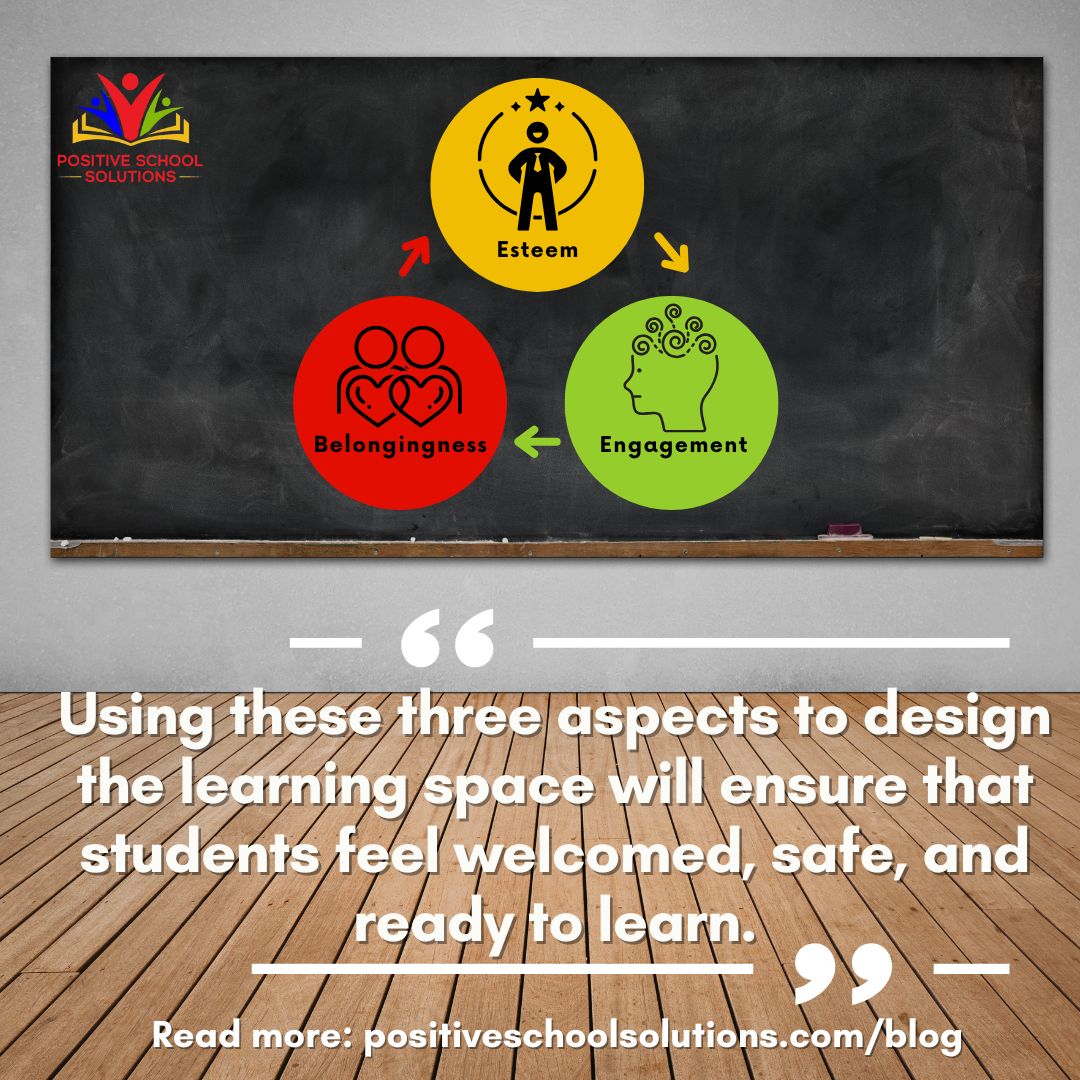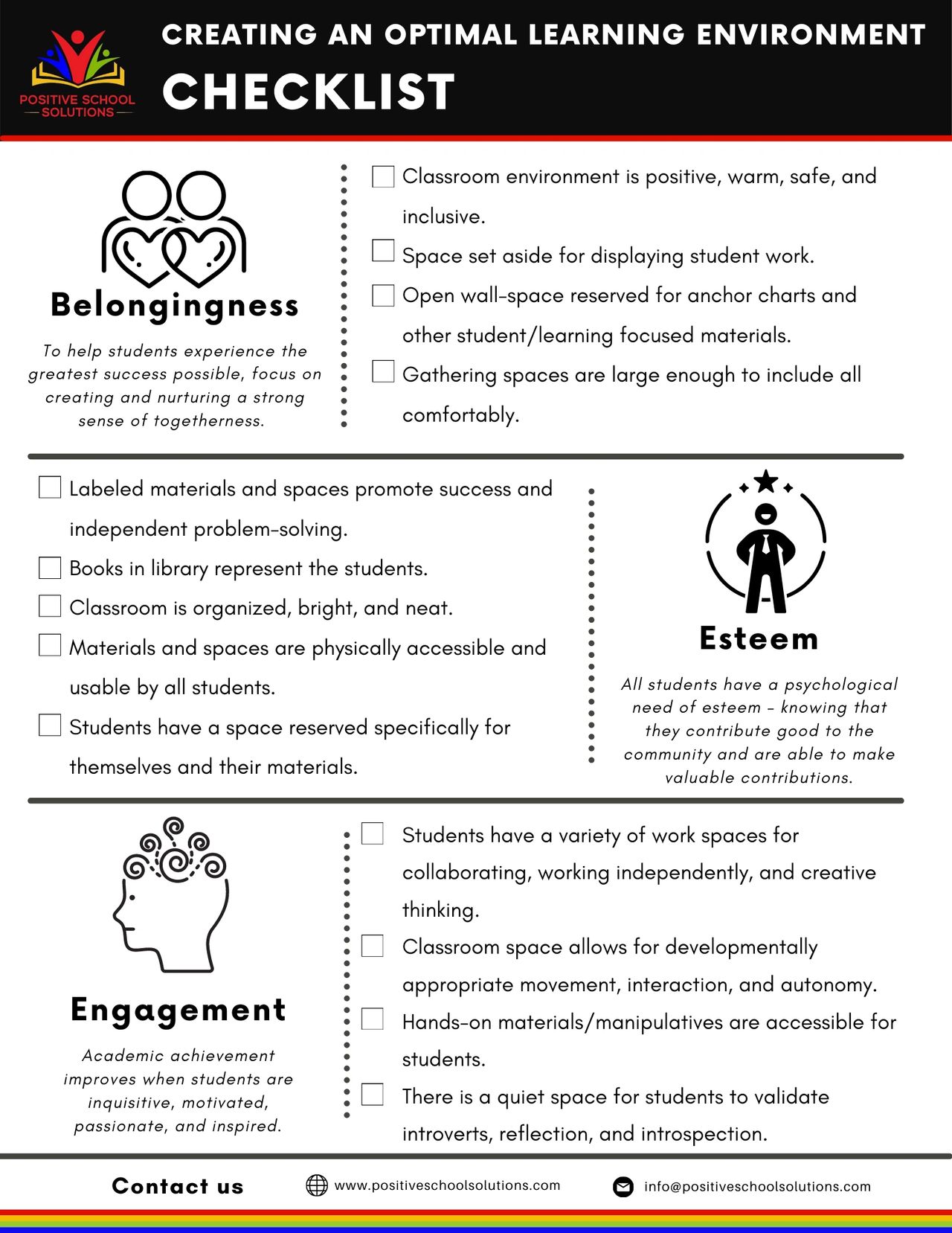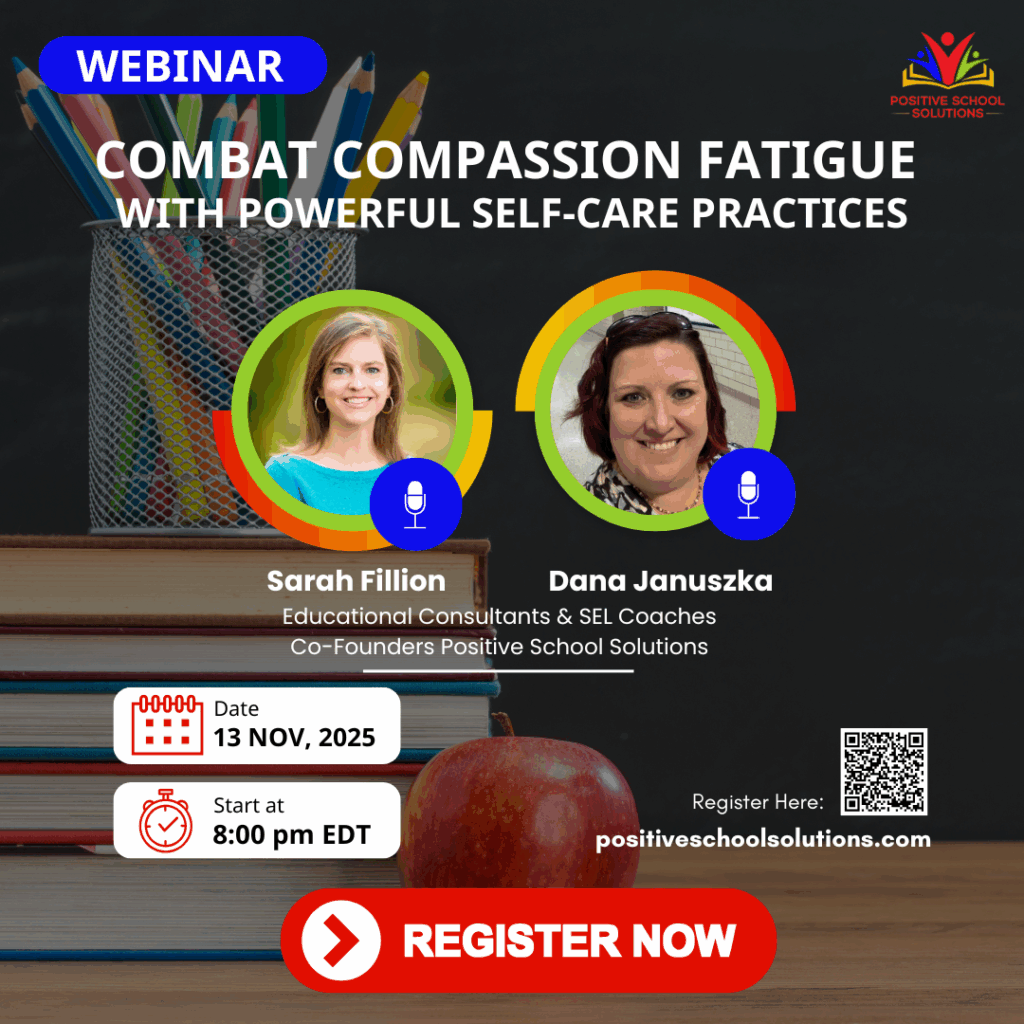 For my first year of preparing for school, I did what any nervous young person does – I called for backup. For me this meant calling my mom and asking her to come help me set up my classroom. As a teacher for over 20 years, I was aware that she knew a thing or two about teaching and sought her expertise.
For my first year of preparing for school, I did what any nervous young person does – I called for backup. For me this meant calling my mom and asking her to come help me set up my classroom. As a teacher for over 20 years, I was aware that she knew a thing or two about teaching and sought her expertise.
When she arrived, she looked over everything I had intended to put up on the walls or in the room and told me to put more than half of it in a closet. I was confused because I had spent so much time picking everything out. I wanted our room to be colorful and welcoming – to show students what they would learn and provide them with visual tools they could use throughout the year. As I explained this to my mom, she patiently listened and then said something to the effect of, “if you want to create a truly welcoming classroom, you need to create space for students and families to contribute. When we involve others, everyone gets a chance to learn and see that they are important to this community.”
This was one of the many pieces of advice she imparted to me as we worked together to create a space that was warm and welcoming, yet showed that it could not possibly be complete until all of the students and their families were in the classroom contributing!
Rather than filling the space with store-bought or Pinterest made posters, signs, and pictures, focus on meeting students’ needs to make students feel both safe and excited to be back to school. Create an optimal learning environment by thinking about how the space creates a sense of belongingness, promotes positive esteem, and facilitates engagement in learning. Using these three aspects to design the learning space will ensure that students feel welcomed, safe, and ready to learn.
Belongingness – To help students experience the greatest success possible, focus on creating and nurturing a strong sense of togetherness. When we feel that there is a community supporting us who are willing to help us problem-solve and challenge us to do better, students feel more relaxed and are able to engage deeper in their learning. All humans have a need to feel connected to others – both children and adults. Our classrooms should facilitate students receiving acceptance, attention, and support from their classmates and the teacher. Additionally, to truly create a sense of belongingness, each member of the learning community must take responsibility for providing the same attention to classmates. Fostering a sense of belonging throughout the learning environment means that we make sure there is always a space for everyone. Whether it is seating, displaying work, or representations of different cultures, all students need to be able to see themselves in the classroom. When all students feel welcomed and comfortable within the space, we have created a sense of belongingness for each student.
Esteem – All students have a psychological need of esteem – knowing that they provide good to the community and are able to make valuable contributions. Through making positive contributions regularly, students develop a sense of achievement and confidence in themselves. As they are both acknowledged by others for their accomplishments and recognize others, students develop esteem through receiving and delivering respect. Our classrooms can be set up in a manner that invites students to develop a sense of esteem from the moment they enter. To build their autonomy, and therefore their confidence, we can have clearly labeled materials, space to keep personal belongings, and make sure the space is bright and clean. Students are able to do their best learning when they feel comfortable, and we can design our classroom to ensure they do!
Engagement – Academic achievement improves when students are inquisitive, motivated, passionate, and inspired. When students have a high degree of attention, interest, and optimism in what they are being taught, the level of motivation to learn increases and they experience more positive progress in their education. Classroom design can create an enriching experience that provides students with a variety of ways to engage in learning. As we set up our classrooms, we can think about the different types of learners we have and the activities we have planned to envision where students might do their best learning. For some students or activities, spaces for group work and collaboration will be critical. For other students and activities, quiet spaces where independent reflection and creative thinking can happen will support students. Taking time to picture our students doing their best learning – seeing them interacting, moving around, and delving deep into their learning, is the cornerstone of increasing engagement through our classroom layout.
Walking into an empty classroom can fill you both with a sense of hope and overwhelmedness. Thinking about all there is to do and all the potential of what is to come in the next year ahead can make both veteran and new teachers alike feel like a support crew of ten is needed to set up the classroom. Hold onto those positive thoughts and let go of the ones that worry you. By focusing on the three aspects of belongingness, esteem, and engagement, you will create a room that is warm and welcoming and immediately sends a message to the students and families that they were exactly the finishing touches the classroom needed to be ready!
Want additional help in room set-up? Using these categories, we created this FREE downloadable checklist with some important elements to consider as you design the learning space!

Written by Sarah Fillion and Dana Januszka for Positive School Solutions 2021

